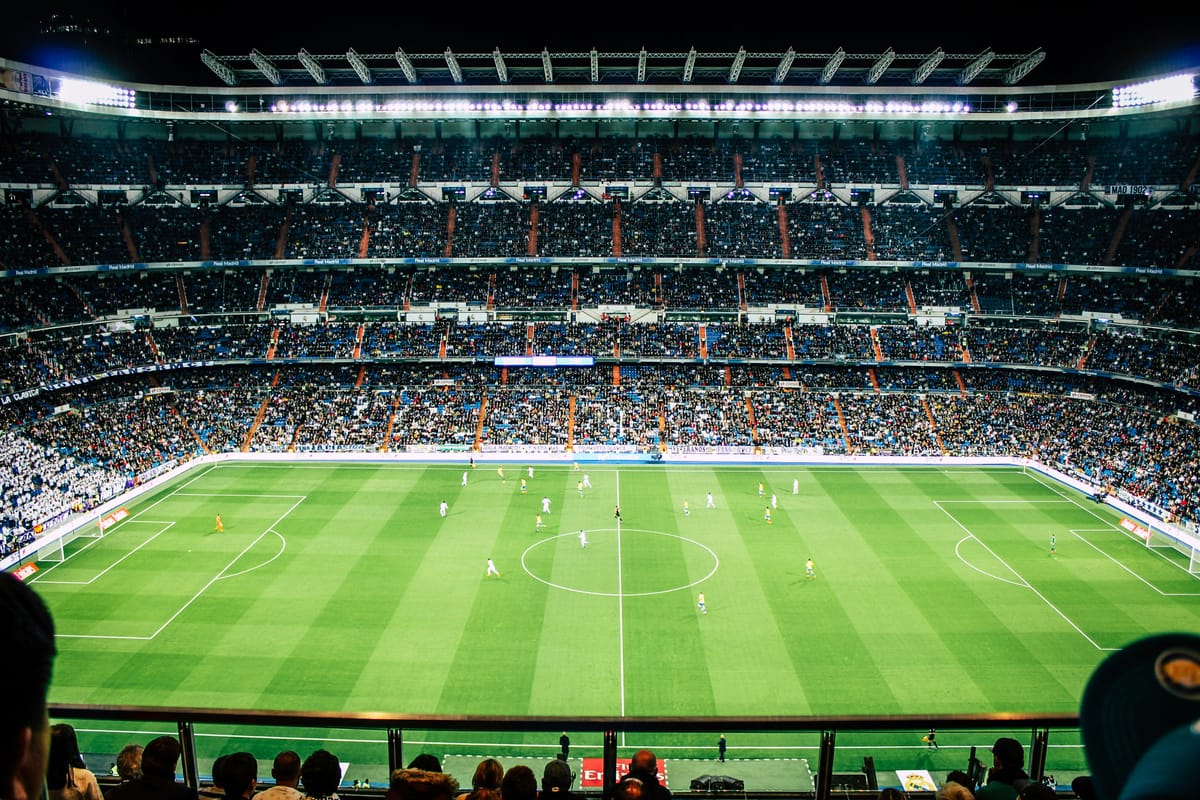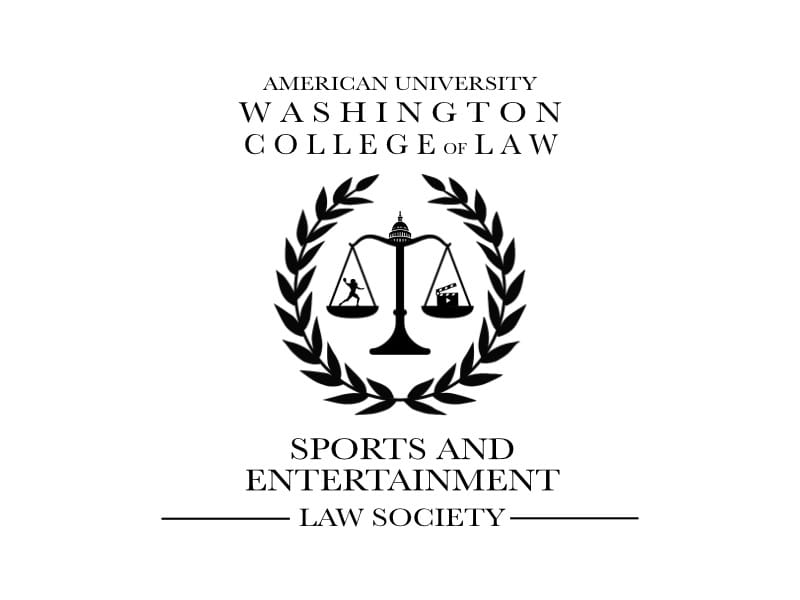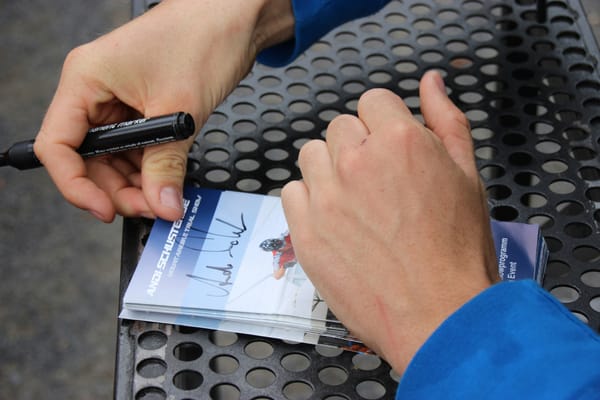U.S. Soccer Federation Wins Antitrust Lawsuit Against the North American Soccer League
After failing to renew their second-tier status, the NASL sued the USSF, leading to a substantial damages award. The initial amount was set at $500 million, but it was later reduced to $375 million. By: Marina Ghazarian

An antitrust lawsuit filed by the North American Soccer League (NASL) against the United States Soccer Federation (USSF) and Major League Soccer (MLS) resulted in a win for the defendants, as well as a significant award of damages. The USSF and MLS denied the NASL’s renewal application for Division 2 league status, which the NASL claims was an attempt to suppress competition. The NASL held such status from 2011 until 2017 and claims that the failure to renew their status prevents them from competing against other teams. This suit originally began in September of 2017 after the USSF announced that the NASL would be granted Division 2 status for that season, but that the status would not continue into the 2018 season.
The premise of the NASL’s claim alleged that the USSF violated federal antitrust laws through its anticompetitive “Division” structure which the USSF uses to allegedly favor MLS, as the MLS is their commercial business partner. Such division structure provides a set of minimum requirements for a league, such as number of teams, geographic distribution of teams, market size of a team’s city, stadium capacity, and more. The NASL argued that the USSF’s Professional League Standards (PLS) were altered to consistently fall short of the requirements needed for a Division 1, and later Division 2, designation.
The jury was instructed by Judge Hector Gonzales to address the following three claims: (1) that the USSF and MLS conspired with one another to restrain the NASL from obtaining Division 1 status, (2) that these efforts demonstrated an attempt to monopolize the Division 1 and Division 2 markets for such soccer leagues, and (3) that the harm the NASL experienced by such attempt by the USSF and MLS was significant. After three weeks of testimony, the result was an unanimous ruling by the jury in favor of MLS and the USSF which upheld their attorney’s explanation that such actions were used as a strategic approach to benefit the sport’s success. Additionally, the jury found that the NASL was unable to prove substantial harm in their relevant market.
In terms of damages, the NASL initially requested $500 million in damages, but once the jury’s verdict ruled in favor of the USSF and MLS, the judge agreed to the NASL’s request to reduce damages to $375 million. The NASL requested such large damages because of the significant amount of alleged harm to competition it initially claimed, as well as potential losses to its business opportunities.
It is very likely that the NASL will appeal the ruling to the United States Court of Appeals for the Second Circuit. Regardless of the NASL’s loss, the outcome of this case demonstrates a significant victory for the USSF and MLS. The USSF’s and MLS’s assertion that there was competition across the various divisions, along with examples of teams such as Orlando City who rose from Division 3 to Division 1, undercut NASL’s argument that there were relevant antitrust markets and restraints of trade, arguments that were needed for the jury to render a verdict on subsequent counts.




